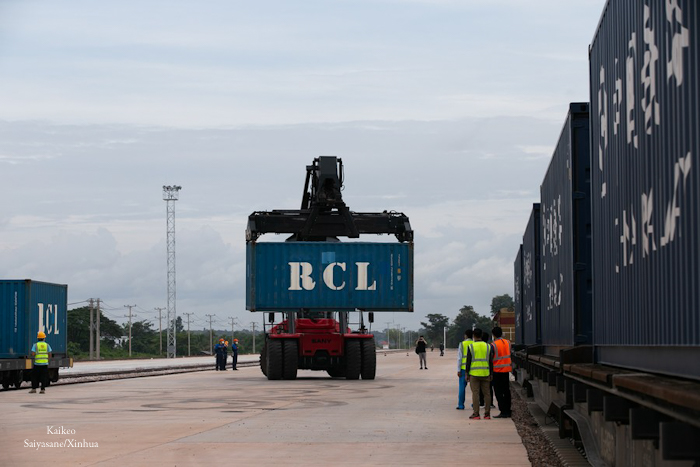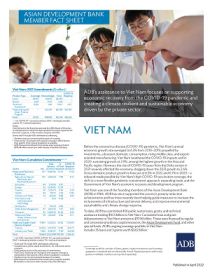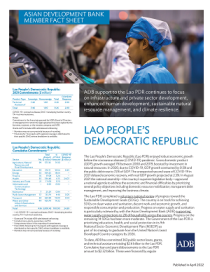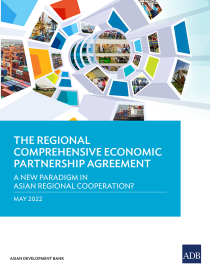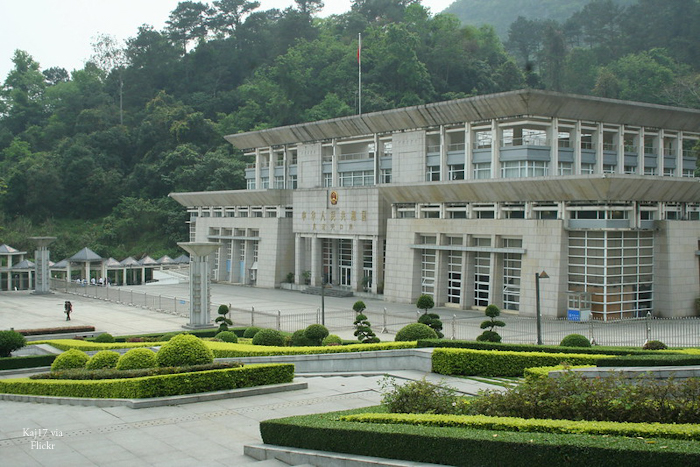GMS Member Countries Look Forward to Setting the ‘Early Harvest’ Implementation of the CBTA Back on Track
GMS member countries are looking forward to setting the ‘Early Harvest’ Implementation of the Cross-Border Transport Facilitation Agreement (CBTA) back on track. This was emphasized by the GMS countries at the Subregional Transport Forum (STF-25) of the GMS Program held on 14 June 2022.


